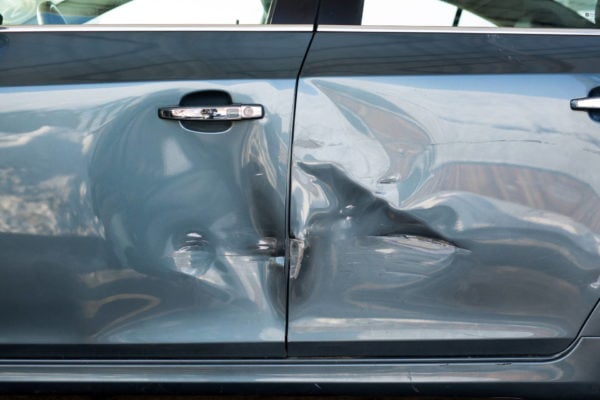There are many reasons why car accidents happen, but unsafe driving practices are the root of most of them. That can include practices like speeding, distracted driving, or driving while intoxicated. Another common cause of vehicle accidents is unsafe lane changes. This is where a person fails to check that moving from one lane to another is safe. Cyclists and motorcyclists are the most at risk from cars and trucks with these manoeuvres as they are much less visible than other road users.
When someone is in a car accident where the other driver is at fault, Accident Compensation Corporate will provide compensation and our medical system will pick up the bill for any treatment required. This is completely different from most other countries. If you live in Australia, America or Canada, for example, accident victims have a right to seek compensation from the person that caused the accident so that they can take care of accident-related expenses. Those include medical bills, vehicle repair bills, and lost wages. A lawyer will be needed to help victims of lane change crashes because they can gather evidence and negotiate with the insurance company to make sure that the victim is fairly compensated.
Unsafe lane changes
An unsafe lane change is one where:
- The driver has not checked that the adjacent lane is free
- The manoeuvre is performed such as the driver risks losing control (e.g. very quickly)
- The driver doesn’t provide any signal to other road users, e.g. doesn’t use the indicator for at least 3 seconds.
The more traffic that’s on the road, the more risk there is of a collision. By indicating, you enable other drivers to check their speed and position in relation to your vehicle; if you don’t indicate, you may force them into a manoeuvre that causes a completely separate crash.

Reasons for unsafe lane changes
In many cases, unsafe lane changes are done by drivers who are too selfish, negligent, aggressive, or inconsiderate to think about the other drivers on the road and how their actions might affect them. However, there are some cases where unsafe lane changes are not a result of reckless driving; most of these involve the driver swerving to avoid an obstacle in the road. In those situations the obstacle might have appeared suddenly, such as an animal scampering across the road.
In other cases the obstacle may have been obscured or difficult to see until the last moment, which can happen in rainy or foggy conditions where there is low visibility (remember that in those conditions you must be travelling at a speed where you can stop within the distance of road you can see ahead). There can also be obstacles that cause the driver to lose control and swerve into another lane, such as potholes or slippery conditions like black ice on the road. It is also possible that the driver experienced a medical emergency like a stroke or heart attack, or that their vehicle suffered a mechanical failure that caused them to lose control.
The consequences of unsafe lane changes
When a vehicle suddenly changes lanes for any reason, it can force other drivers to react in dangerous ways. They might stamp on the brakes, which could cause a rear end collision as drivers behind them may not be able to react quickly enough if they are tailgating. The driver making the unsafe lane change could cause a side impact crash if the driver in the adjacent lane is unable to react in time to the sudden lane change. If a driver is forced to swerve into oncoming traffic, then that could cause a dangerous head-on collision.
For road users who are more vulnerable, such as cyclists and motorcyclists, unsafe lane changes can have a serious outcome.
The worst consequence is that the driver making the unsafe lane change could cause a chain reaction that involves multiple vehicles colliding with each other. Since an unsafe lane change can cause a lot of different types of accidents, it stands to reason that it can also cause many different types of injuries. The accident victims could suffer injuries like whiplash, concussion, broken bones, lacerations, and internal bleeding.
An unsafe lane change can have devastating consequences
An unsafe lane change may not seem as serious as drunk driving, running a red light, or speeding, but the consequences can be just as severe as those other types of dangerous driving behaviours. An unsafe lane change often forces drivers to react to a dangerous manoeuvre by performing a dangerous manoeuvre of their own, which can lead to collisions.
If you are concerned about being the victim of one of these incidents, an in-car camera will help decide who is culpable.

